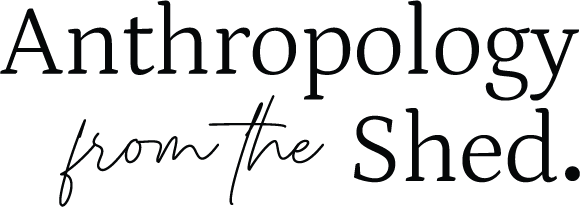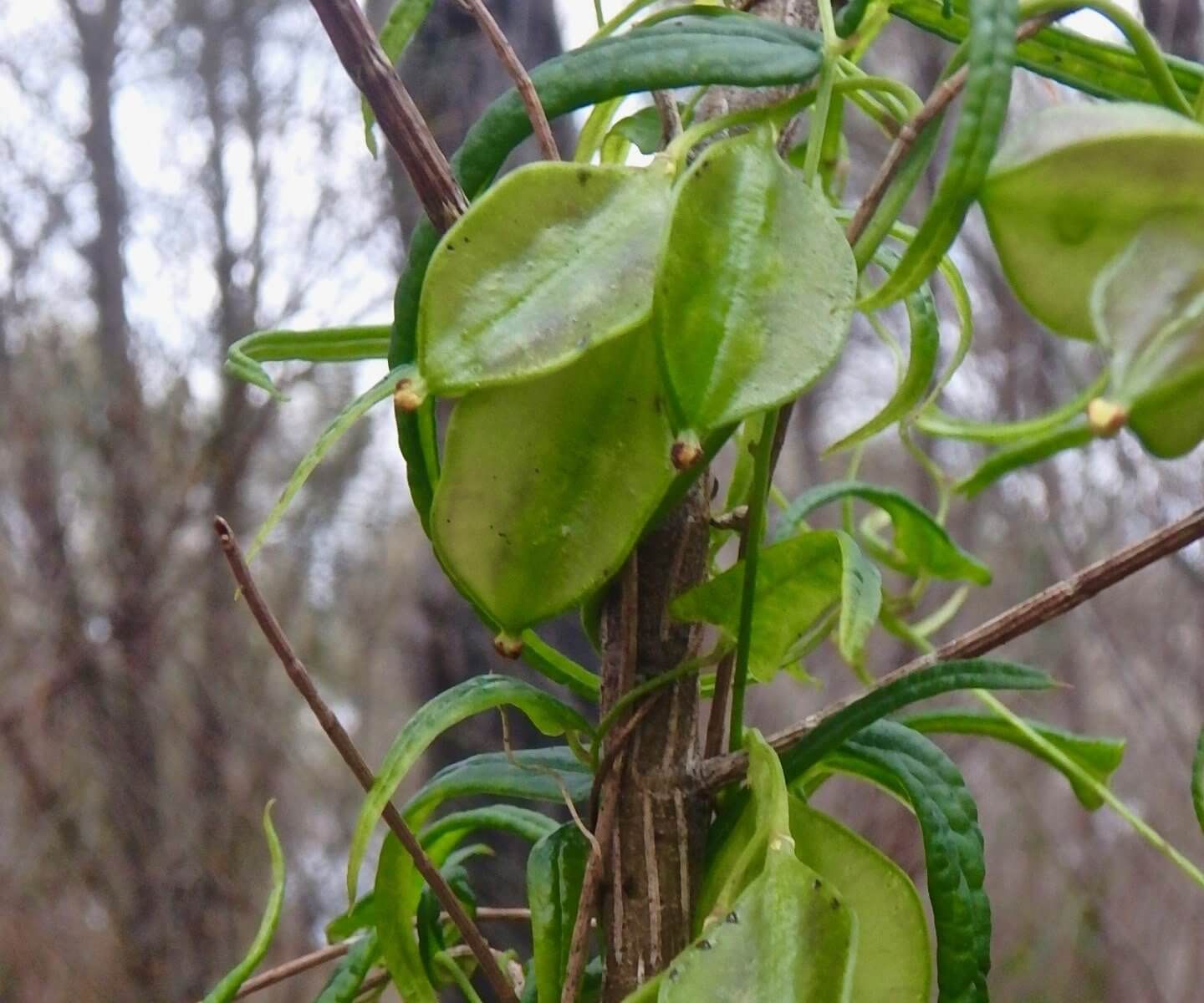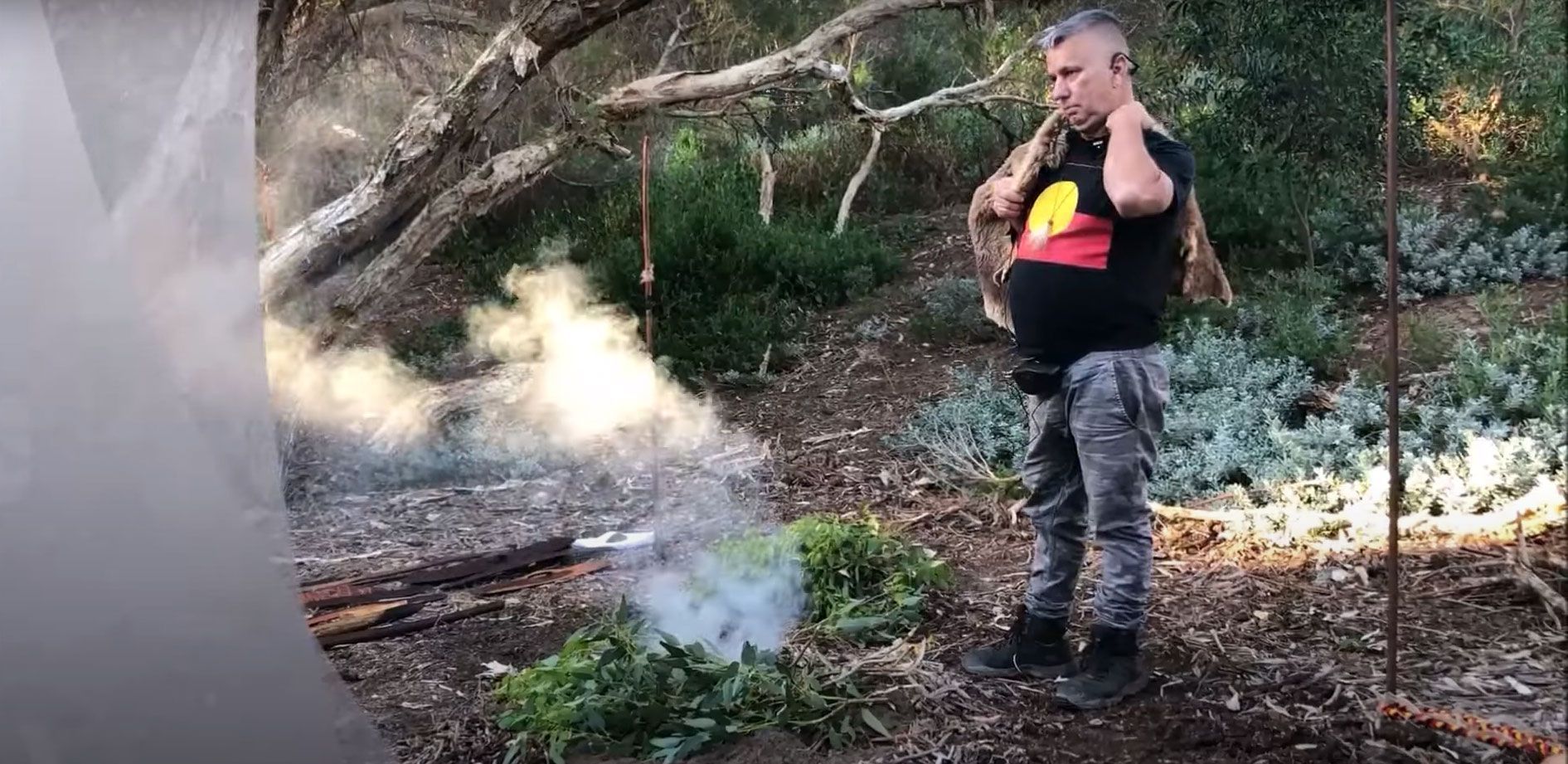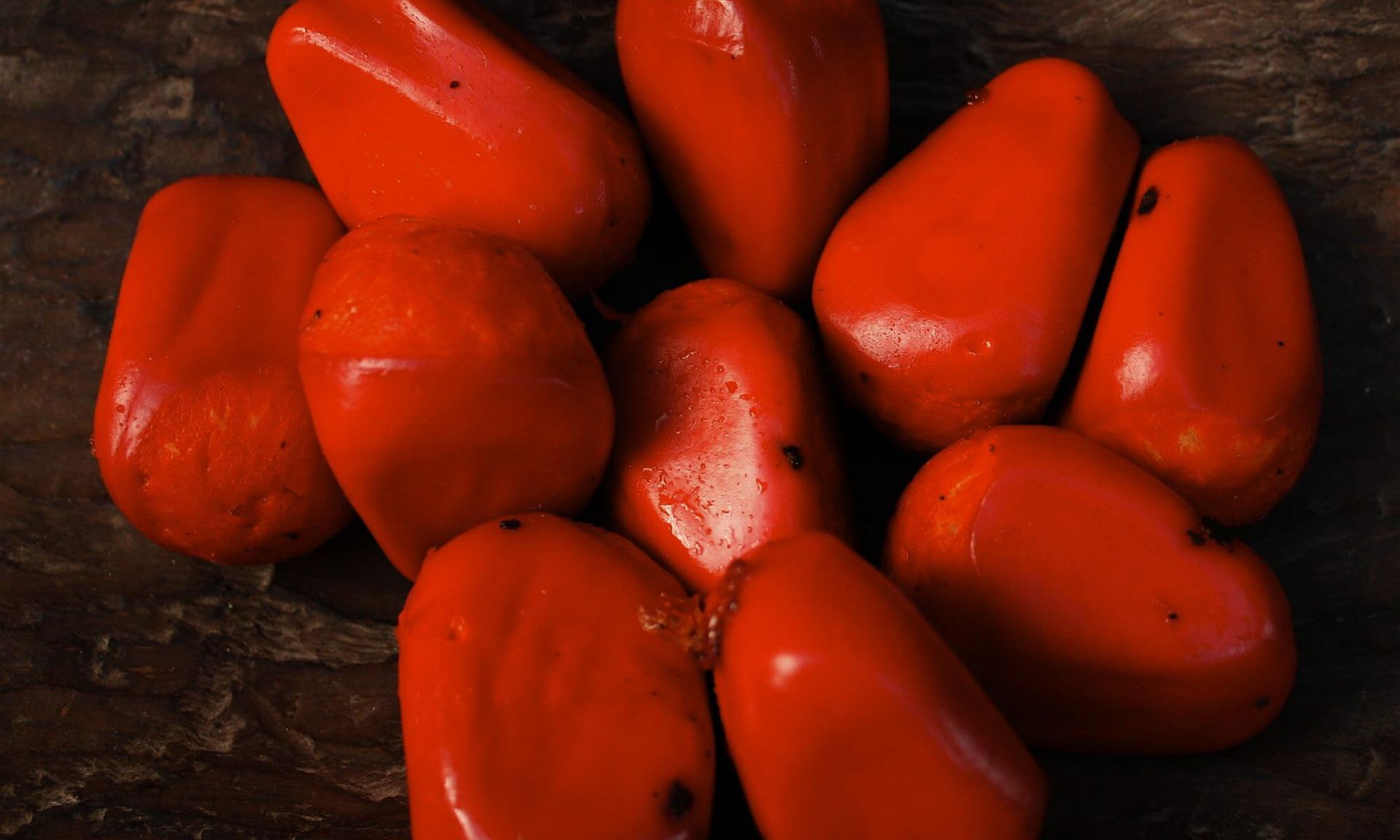Did Nyungar women practise the earliest form of acupuncture?
Early Nyungar hunter-gathers understood the efficacy of pain-relief using techniques similar to those employed in acupuncture or acupressure. These included rubbing, applying pressure and sucking painful areas on the human body. As we know ourselves the body’s natural response to pain, such as that of a headache, is to automatically rub the area (e.g. temples, forehead) in a circular movement until the pain subsides. I have long considered these natural treatments as the body’s innate mechanism for alleviating pain and I would further suggest that these basic techniques are the origins of pressure point massage. Pressure point massage and sucking are still to this day practised in some parts of Aboriginal Australia.
One of the earliest references to a medical technique similar to acupuncture used by traditional Nyungar women comes from the journal of Baron Von Hugel. During his field excursion to the Upper Swan in December 1833 he observes Nyungar women treating a young man who was suffering from multiple spear wounds to his body. Von Hugel (1833) writes:
‘They knelt down on both sides of the patient and, one after another, they began to rub him gently on the spot that hurt. Then they spat on it and took a kangaroo bone and turned it round on the spot. Then, one after another, they came and put their mouth to the spot and sucked for a while, and then spat something out, as if they had extracted the essence causing the pain. (Von Hugel 1833 in Clark 1994: 49).
The thing that interested me most about this early observation of Von Hugel (1833 in Clark 1994:49) was the use of a kangaroo bone that was rotated in a circular fashion on the painful spot – similar to techniques used to this day in acupuncture and acupressure. The description does not indicate whether the skin was punctured or not. Whichever way, I would suggest that it constitutes a form of acupuncture or acupressure. This firsthand observation gives an insight into what is arguably the earliest form of acupuncture practiced by a hunter-gatherer group – one that has survived for over 50,000 years in a relatively isolated environment. The reference acknowledges that in traditional times women healers were the practitioners of this ancient form of treatment. They were “medicine women.” In contrast in the Western Desert in the Wiluna area where I conducted fieldwork over many years, my findings show that pressure point massage and sucking were (and still are) the domain of the male shaman or mapantjarra. See my ‘Western Desert Healing’ paper http://www.anthropologyfromtheshed.com/project/western-desert-healing/and ‘Psychic surgeons of the Western desert’ paper http://anthropologyfromtheshed.com/project/psychic-surgeons-of-the-western-desert/.
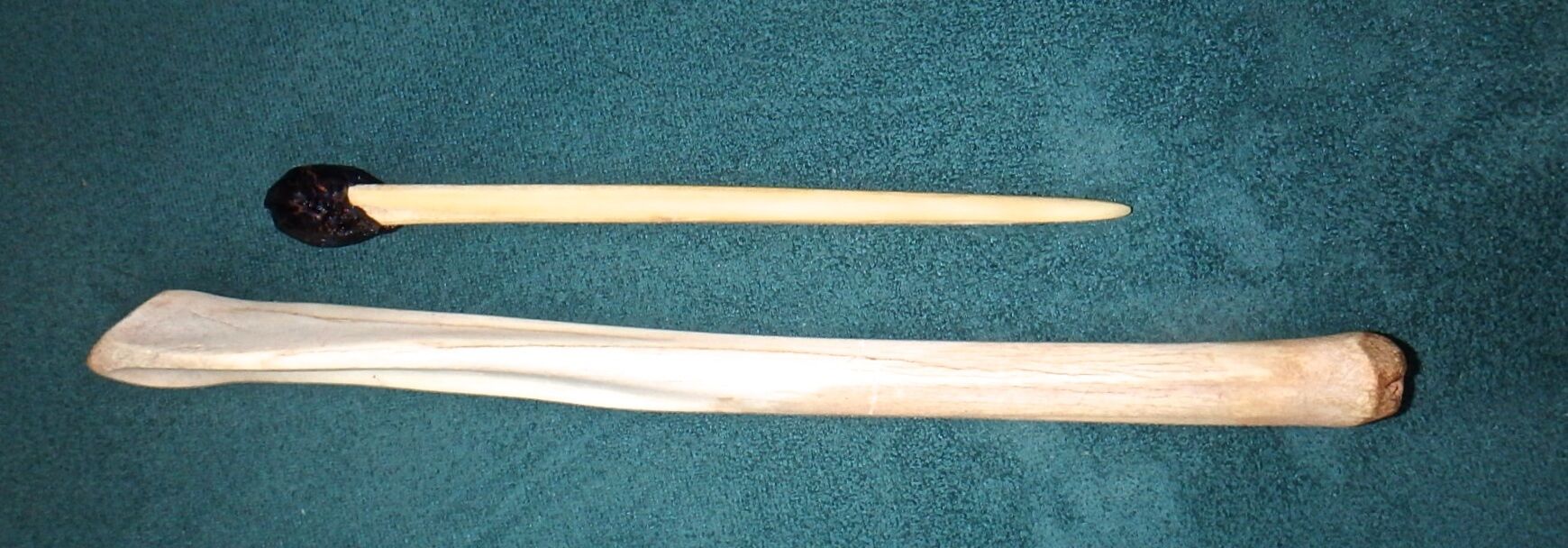
A “bone needle” (14 cm in length) was reconstructed using a pointed kangaroo bone and gum sourced from the trunk of a balga or Xanthorrhoea (grass tree). Pointed tools of this type were used by Nyungar women to sew together kangaroo skins when making their bokka (skin cloaks) using the sinew of kangaroo. Tools were often multi-purpose and a pointed awl would have been highly appropriate for conducting acupuncture or pressure point therapy.
Ethel Hassell, who was observing and recording Nyungar culture in the Jerramongup area in the late 19th century, notes that the contents of her elderly female informant’s coot (bag) included:
‘Two needles, these are made from the bone that goes up from the back of the foot of the hind leg of the kangaroo, which goes towards the thigh. It is about seven or eight inches long and an eight of an inch wide. One side is flat, the other rounded. It is a solid piece of bone, very hard and has no marrow. One end was rubbed onto a flat piece of stone to make it sharp, and it has no eye. One end is sharp, the other square.’ (Hassell 1975: 41)
It would seem that we know very little, if anything, about these traditional therapeutic techniques and how they were practised in indigenous southwestern Australia. It is my view that together with their skilful use of massage Nyungar women had invented an early form of acupuncture using a kangaroo bone rotated on the sore spot to relieve pain and suffering. I find it remarkable that this indigenous knowledge has never been acknowledged in the anthropological and/or medical literature.
Reference
Clark, Dymphna 1994 Baron Charles von Hugel: New Holland Journal: November 1833- October 1834. Translated and edited by Dymphna Clark. Melbourne University Press at the Miegunyah Press in association with the State Library of New South Wales.
